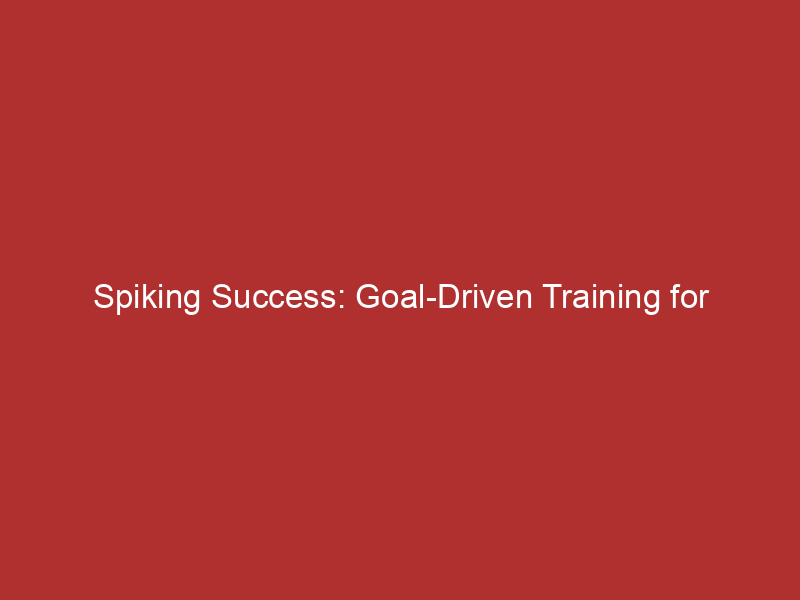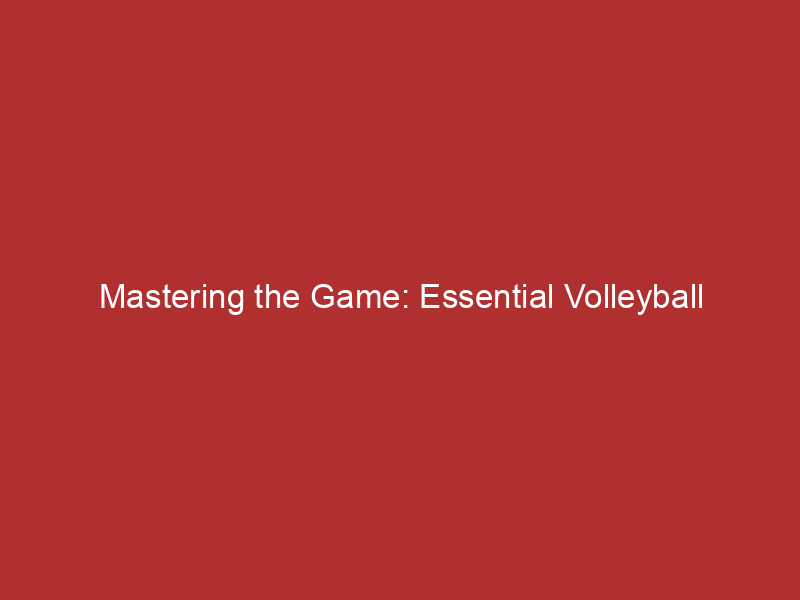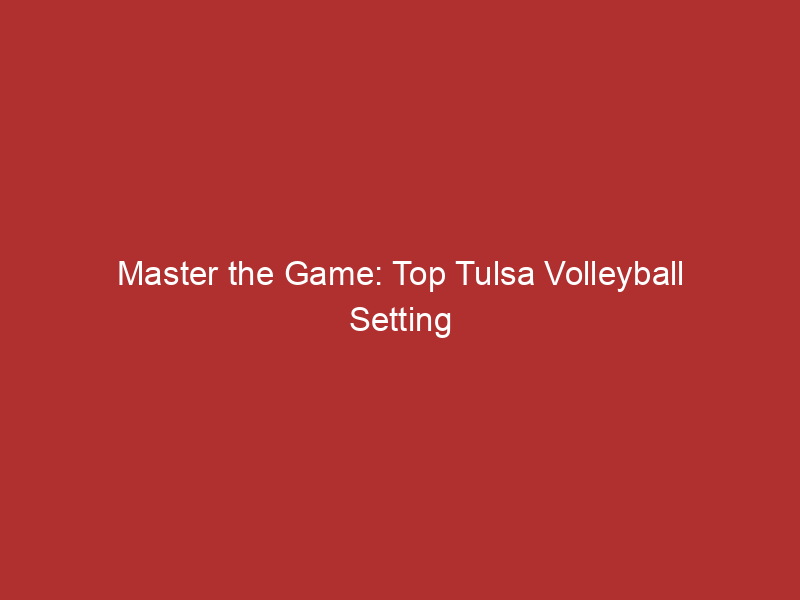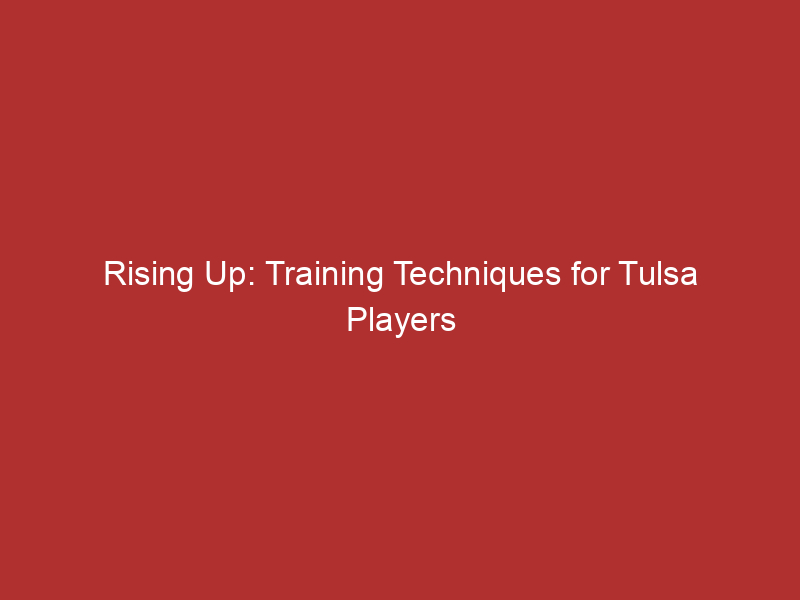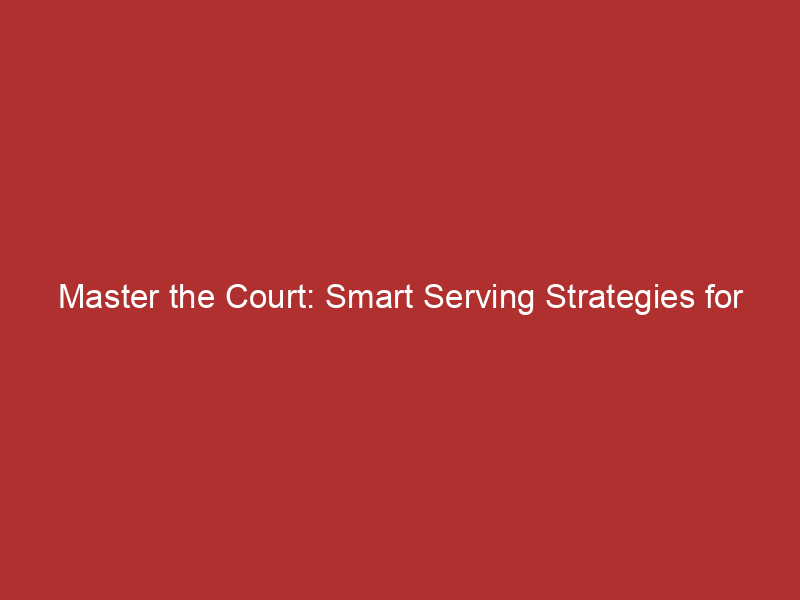
Introduction to Goal-Oriented Volleyball Training
When it comes to volleyball, training with a clear purpose is crucial. This is where goal-oriented volleyball training comes into play. It’s not just about practicing; it’s about practicing with a clear set of goals in mind. This approach can make a significant difference in a player’s performance and overall development.
- Importance of Setting Volleyball Goals
Setting goals in volleyball is a key step in a player’s development. Goals give players a clear direction and purpose in their training. They provide a roadmap that guides players towards improving their skills and performance.
Without goals, players may find themselves aimlessly practicing without making any significant progress. Goals provide a target to aim for, a benchmark to measure progress, and a source of motivation to keep pushing forward.
- Benefits of Goal-Oriented Volleyball Training
Goal-oriented volleyball training offers numerous benefits. Firstly, it helps players focus their efforts on specific areas of improvement. Whether it’s serving, setting, spiking, or defense, having clear goals allows players to concentrate their training on these areas.
Secondly, goal-oriented training promotes self-discipline. It encourages players to stick to their training schedule and work hard to achieve their goals. This discipline can extend beyond the volleyball court and into other areas of life.
Lastly, goal-oriented training can boost a player’s confidence. Achieving a set goal can provide a sense of accomplishment and increase a player’s belief in their abilities. This confidence can be a powerful tool on the volleyball court.
In conclusion, goal-oriented volleyball training is an effective approach to improving a player’s skills and performance. By setting clear goals and working hard to achieve them, players can maximize their potential and reach new heights in their volleyball career.
Setting Volleyball Goals: A Comprehensive Guide
Setting goals in volleyball is a crucial step in improving your performance and reaching your full potential. This guide will help you understand and set your volleyball training goals effectively.
Understanding Your Volleyball Training Goals
Before you start setting your volleyball goals, it’s essential to understand what they are and why they’re important. Volleyball training goals are targets you set for yourself to improve your skills, performance, and overall game. They give you a clear direction and help you stay focused and motivated during your training sessions.
- Defining your volleyball performance goals
- Identifying your volleyball training objectives
Your performance goals are specific aspects of your game that you want to improve. These could be improving your serving accuracy, increasing your spike speed, or enhancing your defensive skills. When defining your performance goals, be specific and realistic. For example, instead of saying “I want to be a better server,” you could say “I want to increase my serving accuracy to 80%.”
Your training objectives are the steps you will take to achieve your performance goals. They are the actions you will take during your training sessions. For example, if your performance goal is to improve your serving accuracy, your training objective could be to practice your serve for 30 minutes every day. Identifying your training objectives gives you a clear plan of action and helps you stay focused during your training sessions.
In conclusion, understanding and setting your volleyball training goals is a crucial step in improving your performance and reaching your full potential. By defining your performance goals and identifying your training objectives, you can create a clear plan of action and stay motivated during your training sessions.
Setting Achievable Volleyball Goals
When it comes to volleyball, setting achievable goals is crucial for improving your skills and performance. Let’s delve into how you can set SMART goals and some examples of achievable volleyball goals.
- SMART goal setting in volleyball
- Examples of achievable volleyball goals
- Improving serving accuracy by 20% in three months.
- Learning a new serving technique within a month.
- Increasing the number of successful blocks in a game by 15% in two months.
- Reducing the number of unforced errors in a match by 10% in six weeks.
SMART is an acronym that stands for Specific, Measurable, Achievable, Relevant, and Time-bound. This approach can be highly effective in setting volleyball goals.
Specific: Your goal should be clear and specific. Instead of saying “I want to get better at volleyball”, you could say “I want to improve my serving accuracy”.
Measurable: You should be able to track your progress. For example, you could aim to increase your serving accuracy by 20%.
Achievable: Your goal should be realistic and attainable. If you’re a beginner, don’t aim to become a professional player within a year. Instead, focus on improving your skills step by step.
Relevant: Your goal should be relevant to your overall objective. If your main aim is to become a better server, working on your serving skills would be a relevant goal.
Time-bound: Set a deadline for your goal. This will motivate you to start working towards it. For instance, you could aim to improve your serving accuracy by 20% in three months.
Here are a few examples of achievable volleyball goals:
Remember, the key to achieving your volleyball goals is consistency and dedication. Set your SMART goals, work hard, and you’ll see improvement in no time!
Volleyball Player Training: Techniques and Strategies
In the world of volleyball, the right training techniques and strategies can make a significant difference in a player’s performance. This section will delve into some effective training techniques that can help improve your game.
Effective Volleyball Training Techniques
There are numerous training techniques that volleyball players can utilize to enhance their skills. Here, we will focus on two key areas: drills for improving serving and spiking, and exercises for enhancing agility and strength.
- Drills for improving serving and spiking
- Exercises for enhancing agility and strength
Serving and spiking are two crucial skills in volleyball. To improve these skills, players can engage in targeted drills. For serving, try practicing different types of serves like the underhand, overhand, and jump serve. For spiking, focus on your approach, jump, and swing. Remember, consistency is key in mastering these skills.
Agility and strength are vital for a volleyball player. Agility exercises like ladder drills and cone drills can help improve quickness and coordination. Strength training, on the other hand, should focus on the core, lower body, and upper body. Exercises like squats, lunges, push-ups, and planks are beneficial. Always ensure to maintain proper form to avoid injuries.
Remember, the effectiveness of these techniques lies in regular practice and consistency. So, make sure to incorporate these drills and exercises into your regular training routine.
| Training Technique | Description |
|---|---|
| Serving and Spiking Drills | Practicing different types of serves and focusing on approach, jump, and swing for spiking. |
| Agility and Strength Exercises | Engaging in agility exercises like ladder and cone drills, and strength training focusing on the core, lower body, and upper body. |
In conclusion, effective training techniques are crucial for improving your volleyball skills. Whether you’re a beginner or an experienced player, these techniques can help you reach your volleyball goals.
Strategies for Achieving Volleyball Goals
As a volleyball player, setting goals is only the first step towards success. Achieving these goals requires a strategic approach. Here are two key strategies that can help you reach your volleyball goals.
- Regular Monitoring and Evaluation of Progress
Just like in any other sport, progress in volleyball is not always linear. There will be ups and downs, and it’s important to keep track of these changes. Regular monitoring and evaluation of your progress can help you understand where you are in relation to your goals.
For instance, if your goal is to improve your serving skills, you might keep a record of how many successful serves you make in each game. Over time, you should see an increase in this number, indicating progress towards your goal. If you don’t see improvement, it might be time to adjust your training techniques.
- Adjusting Goals and Strategies as Needed
It’s important to remember that goals are not set in stone. As you progress in your volleyball journey, you may find that your initial goals are no longer challenging, or perhaps they are too ambitious. In such cases, don’t be afraid to adjust your goals.
Similarly, the strategies you use to reach your goals may need to be adjusted over time. If a particular training technique is not yielding the desired results, try something different. Remember, the key to achieving your volleyball goals is flexibility and persistence.
In conclusion, achieving your volleyball goals requires regular monitoring of your progress and the willingness to adjust your goals and strategies as needed. With these strategies in hand, you are well on your way to becoming a successful volleyball player.
Case Studies: Success Stories in Goal-Driven Volleyball Training
Let’s take a look at some real-life examples of volleyball players who have achieved their goals through disciplined training and setting performance goals.
- Case study 1: Achieving volleyball goals through disciplined training
- Case study 2: Success in setting and meeting volleyball performance goals
Meet Sarah, a high school volleyball player who had the goal of improving her serving skills. She knew that to achieve this, she needed a disciplined training regimen. Sarah started by setting specific, measurable, achievable, relevant, and time-bound (SMART) goals. She aimed to increase her serving accuracy by 20% in three months.
With her coach’s guidance, Sarah developed a training plan that included daily serving drills. She also incorporated strength training exercises to improve her arm and wrist power. After three months of disciplined training, Sarah increased her serving accuracy by 23%, surpassing her goal.
Next, we have John, a collegiate volleyball player who wanted to improve his overall performance. John knew that to achieve this, he needed to set performance goals and work hard to meet them.
John set a goal to improve his spike speed and accuracy. He worked with his coach to develop a training plan that included targeted exercises and drills. John also focused on his diet and sleep, knowing that these factors could impact his performance. After six months, John’s spike speed and accuracy improved significantly, demonstrating the success of his goal-setting and training regimen.
These case studies demonstrate the power of goal-driven volleyball training. By setting specific goals and following a disciplined training regimen, Sarah and John were able to improve their skills and performance. Their success stories can serve as inspiration for other volleyball players aiming to reach their own goals.
Key Takeaways: Maximizing Your Volleyball Training Goals
As we conclude our exploration of goal-oriented volleyball training, let’s recap the most important points to remember. These key takeaways will help you maximize your volleyball training goals and achieve greater success on the court.
- Importance of setting clear and achievable goals
- Role of effective training techniques in achieving goals
- Value of regular monitoring and adjustment of goals
Setting clear and achievable goals is the first step towards success in volleyball training. Goals give you a direction and purpose, helping you stay motivated and focused. They should be Specific, Measurable, Achievable, Relevant, and Time-bound (SMART). For instance, instead of saying “I want to improve my serving,” a SMART goal would be “I want to increase my serving accuracy to 80% in the next three months.”
Effective training techniques play a crucial role in achieving your volleyball goals. Techniques such as targeted drills, strength and conditioning exercises, and mental training can significantly enhance your performance. For example, if your goal is to improve your serving accuracy, practicing serving drills regularly can help you achieve it.
Regular monitoring and adjustment of goals is vital in volleyball training. It allows you to track your progress, identify areas of improvement, and make necessary adjustments to your goals and training techniques. For instance, if you’ve achieved your serving accuracy goal ahead of schedule, you might want to set a new, more challenging goal.
In conclusion, setting clear and achievable goals, using effective training techniques, and regularly monitoring and adjusting your goals are key to maximizing your volleyball training goals. Remember, success in volleyball doesn’t come overnight. It requires patience, persistence, and a lot of hard work. But with the right approach, you can achieve your volleyball dreams.
Conclusion: Your Path to Volleyball Success
As we reach the end of this comprehensive guide, let’s take a moment to reflect on the journey we’ve embarked upon together. We’ve explored the importance of goal-oriented volleyball training, delved into setting achievable goals, and examined various training techniques and strategies. We’ve also drawn inspiration from real-life success stories. Now, it’s time to wrap up and look towards the future.
- Recap of goal-driven volleyball training
Goal-driven volleyball training is all about setting clear, achievable targets and working tirelessly towards them. It’s about understanding your strengths and weaknesses and developing a training regimen that helps you improve in all areas. We’ve discussed different types of goals – from improving your serve to enhancing your team coordination – and how to set them. Remember, the key to success is consistency and dedication.
- Final thoughts on achieving volleyball success
Achieving success in volleyball isn’t just about physical prowess; it’s about mental strength, strategic thinking, and teamwork. It’s about setting goals and striving to reach them, day in and day out. It’s about learning from your mistakes and celebrating your victories. It’s about never giving up, no matter how tough the journey gets.
As the famous volleyball coach, Marv Dunphy once said, “Volleyball is not just a sport, it’s a way to express your anger without hurting someone.” So, channel your energy, set your goals, and embark on your path to volleyball success. Remember, the journey may be tough, but the rewards are worth it.
With the right mindset, the right goals, and the right training, you too can achieve volleyball success. So, gear up, get on the court, and start your journey today. Good luck!

